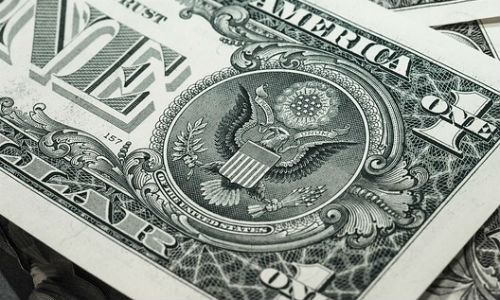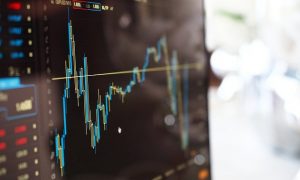A big part of breaking down a financial statement depends primarily on common sense: Looking at a company’s assets and liabilities. It’s also good to understand shareholder’s equity.
An overview of assets
Assets are what they sound like—cash and other investments and what’s sometimes called property, plants and equipment (or hard assets). Assets also include intangible things like intellectual property (patents, brand names) and goodwill, an accounting construct that represents the difference between the market value of an acquisition and what the buyer paid for it. That could include such things as a brand’s well-respected name and high employee morale.
Current assets are generally cash or “cash equivalents” (e.g., short-term bonds) that can be liquidated quickly; investments (other, longer-term financial assets); property, plant and equipment; and other (a catchall category).
An overview of liabilities
Liabilities are also mostly self-explanatory: Many are debts. Some are straightforward financial debts, such as loans taken out from a bank (or several banks at really big companies). Other liabilities are more abstract, such as a company’s liability for its pension plan, which represents the promise to pay workers and retirees specific amounts in the future.
Accounts payable include all the bills a company owes but hadn’t paid as of quarter-end, perhaps for raw materials used, as well as income or other taxes due but not yet paid, this week’s wages (which will go out with next week’s payroll), etc.
As with assets, liabilities are generally categorized as current (due within a year) or long-term. As time goes by, a given liability shifts from a long-term liability to a current liability—for example, as a loan nears maturity.
Debt in itself isn’t bad—even healthy companies flush with cash may take on debt. But sudden increases in debt can be a sign of trouble (or of an impending acquisition).
Statement of shareholder’s equity
This is sometimes called “owner’s equity.” Think of it as the company’s net worth: assets minus liabilities. In theory, it’s what shareholders get if the company liquidates (though liquidations tend to be more complicated than that). Shareholder’s equity breaks down into different categories—common shares (what you normally see traded in the stock market), preferred shares and also categories such as retained earnings, which is what it sounds like: profits accumulated over the years (minus dividends already paid out to shareholders).
While shareholder’s equity gives a sense of how successful a company has been over time, it rarely comes up in journalism except in columns about stock investing and occasionally in merger and acquisition news.










